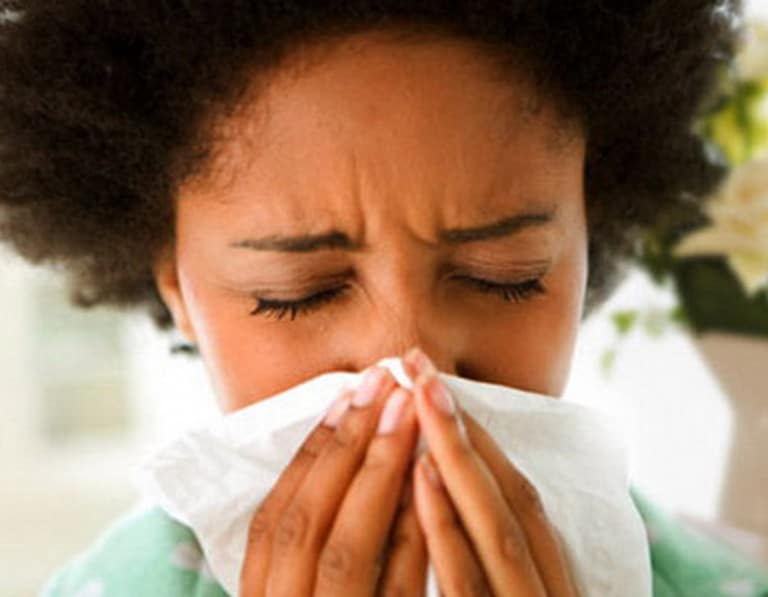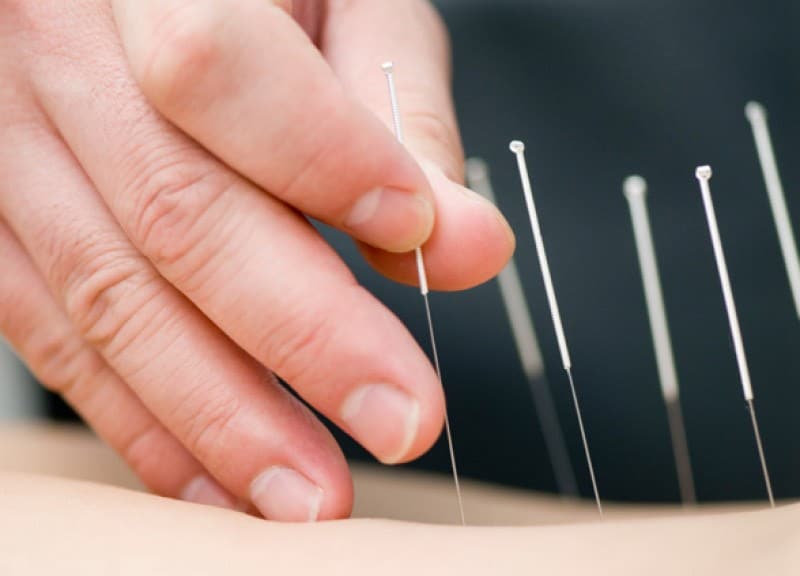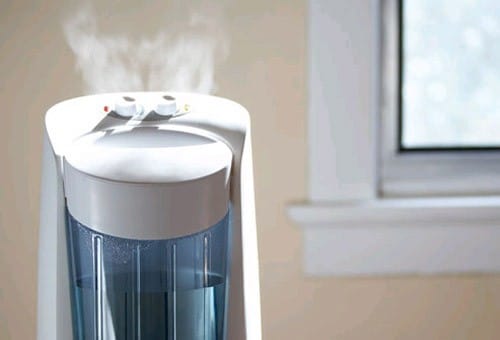6 Natural Ways to Alleviate Allergy Symptoms
For years, people with allergy symptoms could not rely on the corner drugstore or their family physician to find relief. There were no manufactured pills, no FDA-approved pharmaceuticals and no automatic sprays. Yet somehow our ancestors lived through the spring and fall allergy seasons. They did so by coping the way they knew best: They used the natural resources around them to reduce their symptoms such as sneezing, coughing, headaches, watery eyes, scratchy throats and stuffed noses.
Even the widely-read medical site WebMD admits that Mother Nature often provides excellent remedies when it comes to dealing with the annoyance of allergies. This comes as good news for the individuals who either don’t want to or can’t use over-the-counter or prescribed allergy relief drugs. For those persons, the following natural sources can enable them to function normally despite the increased airborne pollen counts.
Remedies for Allergy Symptoms
#1: Neti Pots
A neti pot may look like a teakettle, but it’s not meant to prepare warm beverages. Instead, it’s used to transfer a saline-based solution — or even filtered water — from one nostril to another. In essence, it’s a “bath” for your nasal cavity, a body location that rarely is washed in the western culture. Though it takes a little bit of practice to get the process down, allergy sufferers swear that using a neti pot helps clear their nasal passages by grabbing hold of any allergens and flushing them out of the nose. One caveat: The solution used in the neti pot should be made from purified water, not tap water. Tap water may contain bacteria that can cause or contribute to serious health problems.
#2: Acupuncture
Once regarded with suspicion by western culture inhabitants, acupuncture has now become quite mainstream across the United States and throughout Canada. In terms of helping allergy sufferers, studies have shown that it may indeed help to lessen their symptoms to pollens. While the specific reasons for acupuncture’s positive health benefits may still be debated, it’s seen as a viable solution for those with allergies and asthma who prefer natural solutions to their chronic health issues.
#3: Stinging Nettle
Though the name of this herb might sound a bit dangerous, it’s a boon to some allergy sufferers, not to mention scientists, who believe that the natural antihistamine properties of the plant work just as well as any manmade medications. Stinging nettle can be purchased in pill form, or it can be taken as a tea-based tincture. This herb may cause complications if taken along with other natural, prescription or over-the-counter drugs, so use it with caution under the advisement of a trusted health practitioner.
#4: Quercetin
Like stinging nettle, quercetin is a naturally-occurring substance. However, it is not an herb. Instead, it is found in foods such as onions, apples and grapefruits. Unfortunately, none of the foods carries enough quercetin to be effective if simply eaten, so quercetin has to be specially created and manufactured to an ingestible form. Scientists believe that quercetin’s antioxidant properties are what make it so powerful as a remedy for allergy symptoms. As with all organic remedies, it should still be taken under the advisement of a doctor or naturopath.
#5: Humidifiers
While this remedy only works indoors, it can make sleeping and everyday living much easier on babies, children and adults who experience serious seasonal allergies. Humidifiers that release cool mist into the air help make the atmosphere more bearable because any airborne particles, such as pollens, will attach to the water droplets. When the droplets fall to the floor, the pollens fall with them. They can then be vacuumed and discarded. As part of a comprehensive allergy solution, these types of humidifiers can be a practical resource. They can also be purchased for a relatively small price, although those with allergies may want to have several throughout the home.
#6: Saline Sprays
Saline sprays come in plastic bottles and rate highly because of their portability factor. They fit nicely into purses, pockets, backpacks and glove compartments. They also contain nothing more than saltwater, so they are non-addictive. Like neti pots, saline sprays simply serve to clean out the nasal passageways, restoring them to their pre-pollen invasion state. Certainly, they can be a little bit messy at times, necessitating the use of a washcloth or facial tissue to dab the excess. However, as a natural remedy, they are considered quite effective and gentle. This makes them particularly easy for parents to use on their young children.
As we move deeper into the 21st century, it’s critical that we not forget to look backwards as well as forwards when seeking solutions for allergy symptoms. Often, prevention and intervention techniques could be available in the natural world around us, rather than being artificially created by human beings in a remote laboratory.
[sdonations]2[/sdonations]










